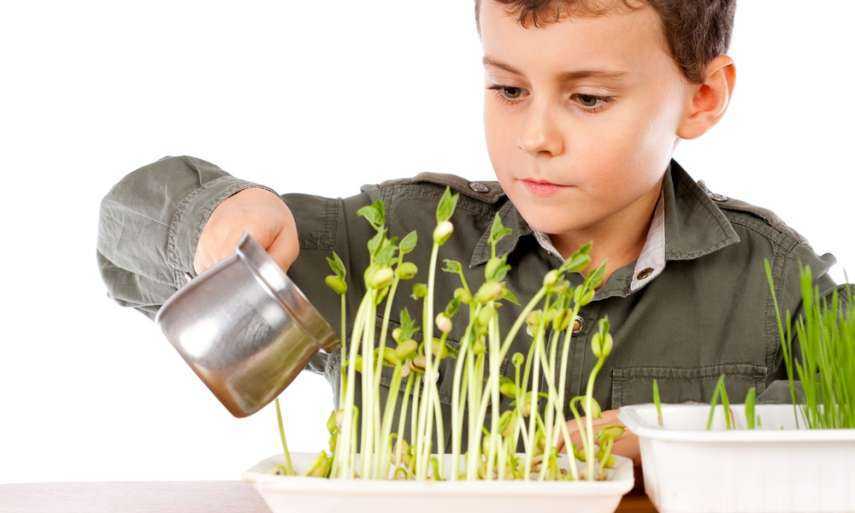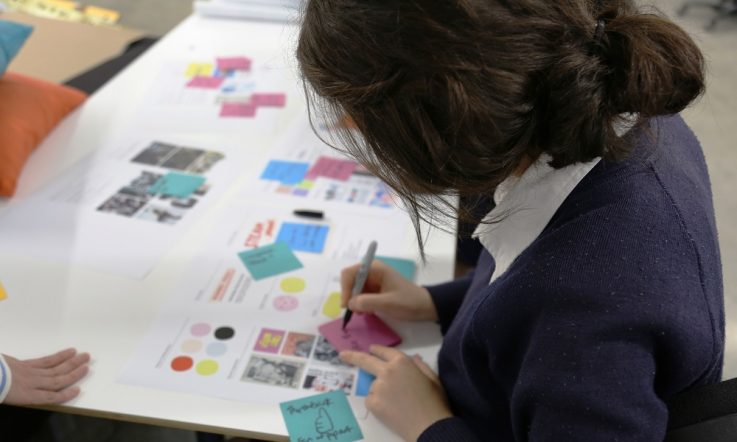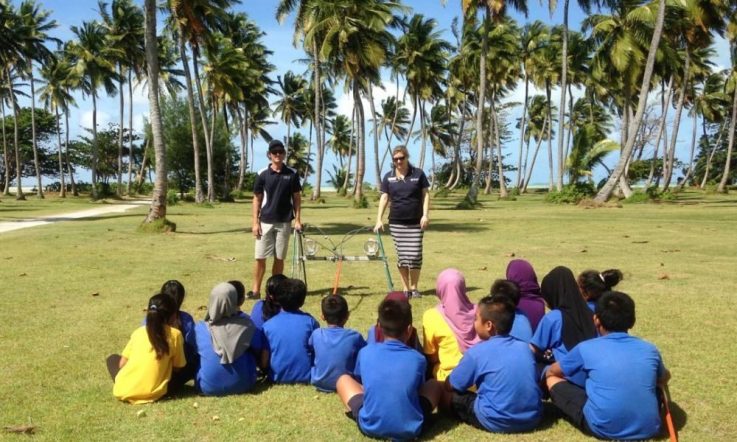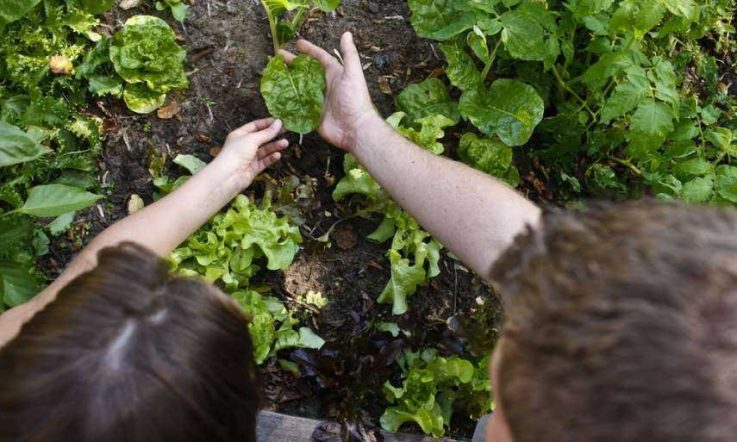This is an edited version of an article that was originally published in the September 2010 print edition of Teacher.
‘When are we going to use this?’ It’s a question students often ask, but in this case the teacher has got in first.
Charlotte Seago describes how she changed the way she works with her Year 9 science class as she began to wonder what she was really teaching her students and whether it was going to be of use to them in the future.
There is, of course, an underlying question here, and the question is this: what should we be teaching our students in science classrooms that will be of most use to them? Seago wants to teach students to think for themselves. Yes, that’s brave, and certainly more time consuming than if she does the thinking for her students, but it’s also of much greater benefit to them in the long-term.
Seago is essentially generating a need to know in her students by asking them to do an experiment in an effort to find the outcome as opposed to confirming the outcome.
Needing to know is a powerful motivator for students. It provides purpose for completing an experiment, in this instance, and suggests that knowing something about the science concepts involved is worthwhile.
Seago presents experiments in such a way that she turns them into genuine investigations, rather than exercises in following instructions to achieve the same outcome as everyone else in the classroom. It highlights the necessity for students to observe carefully in order to capture meaningful data. It then requires them to analyse the data to find evidence that will support what they believe is happening in the experiment, which may be different to what the group next to them found. This could lead to discussion about how the experiments are carried out, how observations are made, the reliability and validity of data, and how scientists communicate their findings.
What Seago is really teaching are tools for learning, exploring and communicating in science rather than pieces of content. In doing that, she’s promoting some important values of science education with her students, specifically, to do with authenticity, verifiability and community, to draw on the work of Gaell Hildebrand.
You can see authenticity in Seago’s approach in the way she values validity and genuineness in asking her students to carry out a specific experiment that yields data appropriate to what it is the students are trying to identify. You can see verifiability in the way she values processes and the disposition to collect and explain certain kinds of evidence. You can see community in the way she values the input of people in building our social – and scientific – world, and in the way she does that by working collaboratively in, and with, communities.
As Hildebrand admits, she advocates ‘a long list of values along with attributes and habits of mind, which should, and could, be taught through the science curriculum,’ but, as she goes on to say, ‘stating that these are desirable values and habits of mind to build into a science curriculum is much easier to do, than ensuring that this happens.’
Seago’s approach to building them into the science curriculum is to focus on two or three values and consider the messages that her teaching of science is sending to her students.
She recognises that offering them experiments as recipes to prove chunks of content limits their opportunities to develop higher-order skills. By shifting her thinking she shows how to reconsider the way to present scientific ideas and how to provide students with ways to discover and use scientific concepts to explain what is happening in their world.
If Hildebrand is right, and ‘our pedagogy signals our values’, then our students are picking up on what we value in science education every time we present a piece of content in a particular way. Seago has challenged herself to be more careful about the messages she sends.
Hopefully, her success can be an inspiration to us all.
References
Hildebrand, G. (2007). Diversity, values and the science curriculum. In Corrigan, D., Dillon, J., & Gunstone, R. (Eds.) The Re-emergence of Values in Science Education. Rotterdam: Sense.
This is an edited version of an article that was originally published in the September 2010 print edition of Teacher. The author biography remains unchanged and may not be accurate at this point in time.



